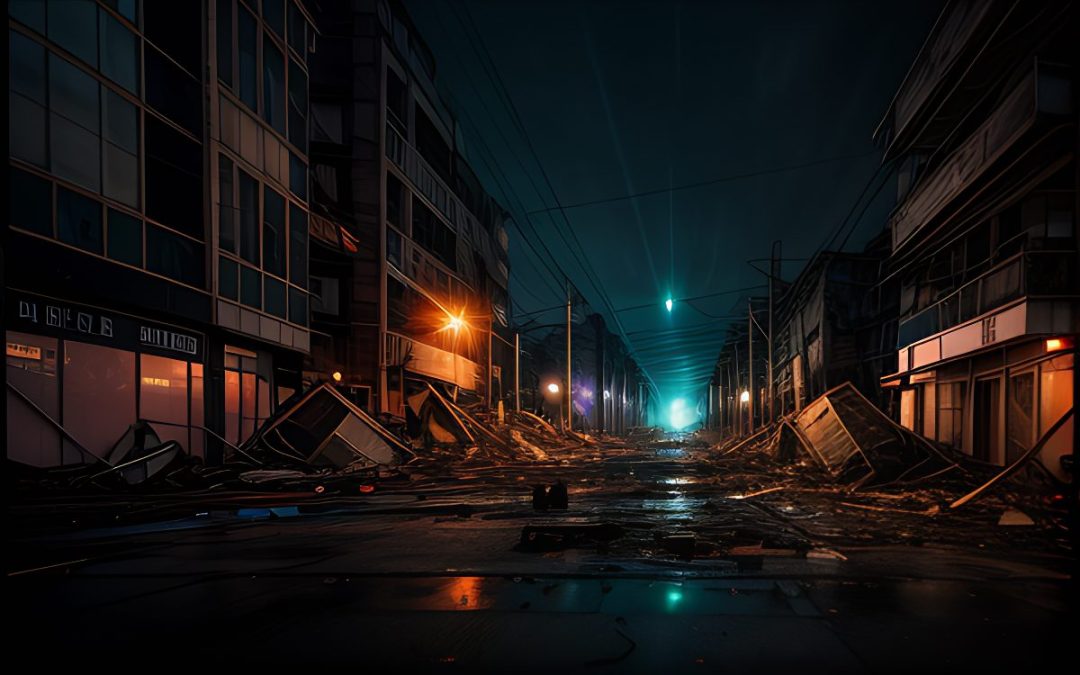When disaster strikes in an urban environment, the comforts of modern living can quickly collapse, leaving the unprepared vulnerable and desperate. At “Fail Safe Survival,” we champion the virtues of foresight, self-reliance, and community support, particularly in times of crisis.
One of the most critical aspects of urban survival is ensuring access to safe drinking water. In this guide, we’ll delve into strategies for preserving and procuring water during an urban disaster, empowering you to protect yourself and your loved ones.
1. Understanding the Risks
Urban disasters, whether natural or man-made, can severely disrupt water supplies. Broken mains, contaminated sources, and power outages are common issues that can leave entire communities dry.
Recognizing these potential threats is the first step in preparing for them. It’s a reflection of the prudent, conservative mindset that anticipates challenges and plans accordingly.
2. Stockpiling Wisely
In line with our principles of preparedness and self-sufficiency, maintaining a personal water supply is essential. The Federal Emergency Management Agency (FEMA) recommends storing at least one gallon of water per person per day for at least three days.
However, in the spirit of utmost caution and conservatism, we advise extending this to at least a two-week supply. Store your water in clean, food-grade containers, away from direct sunlight and extreme temperatures. Regularly check your stockpile and rotate supplies to ensure freshness.
3. Harvesting Rainwater
In an urban setting, rainwater can be a valuable resource during water outages. Collecting rainwater using barrels or makeshift systems is a testament to the resourceful, innovative spirit that has built our communities.
However, remember that urban rainwater may contain pollutants and should be purified before drinking. This method not only provides a backup water source but also underscores the importance of stewardship of our natural resources.
4. Purifying Water
Should you find yourself needing to purify water from uncertain sources, there are several methods available. Boiling is the most straightforward and reliable method, killing pathogens and making the water safe to drink.
Chemical treatments with iodine or chlorine dioxide tablets are effective alternatives, especially for those with limited resources.
Additionally, portable water filters designed for emergency use can remove pathogens and contaminants. Embracing these purification methods aligns with our advocacy for self-reliance and practicality in the face of adversity.
5. Reusing Greywater
In prolonged urban disasters, reusing greywater (wastewater from sinks, showers, and washing machines) can conserve precious water supplies.
While not suitable for drinking, greywater can be used for flushing toilets or watering plants. This practice reflects the conservative principle of maximizing resources and reducing waste, vital in times of scarcity.
6. Community Cooperation
While individual preparedness is crucial, disasters are a reminder of the strength found in community. Sharing resources, knowledge, and support can help everyone endure and recover more quickly.
Organize neighborhood water-sharing initiatives, establish communication networks, and collaborate on collection and purification efforts. In doing so, we embody the core conservative values of community, responsibility, and mutual aid.
In Conclusion
The urban landscape presents unique challenges in disaster scenarios, particularly regarding water supply. By embracing principles of preparedness, self-reliance, and community collaboration, we can navigate these challenges with strength and resilience.
et us not forget that in times of crisis, the true measure of a society is found not in its reliance on external aid, but in the resourcefulness and solidarity of its people. Prepare diligently, act responsibly, and support one another, for in unity, there is strength.


